Language and currency settings
Change your language and currency settings by selecting your preferences below
Select currency
Select language
What's the Difference Between Carat and Karat?
When you’re shopping for fine jewelry, you need to know your carats from your karats. They may sound the same, but they’re totally different terms, and it’s vital to know the difference. Here's a guide to both!
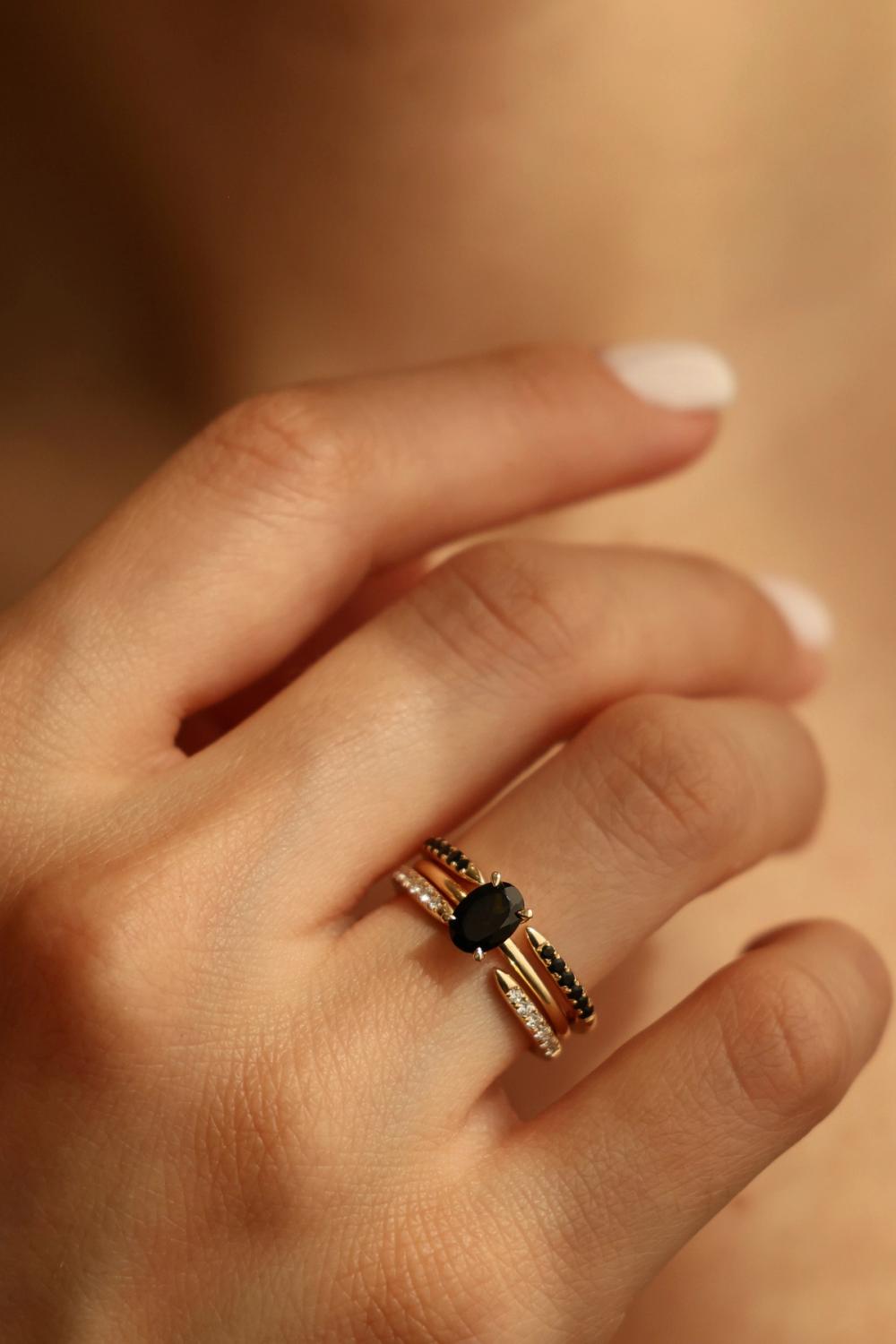
Pictured above: Black Panther Solitude with a 0,80 carat tourmaline together with our Snake Tail featuring several small 1,5 mm black sapphires that totals 0,20 carat.
What is a Carat and a Karat? And what's the difference between 14K and 18K gold? Read on!
It All Started With A Tree. Hundreds of years ago, when people needed some standard for weighing their gems, they turned to the carob tree.
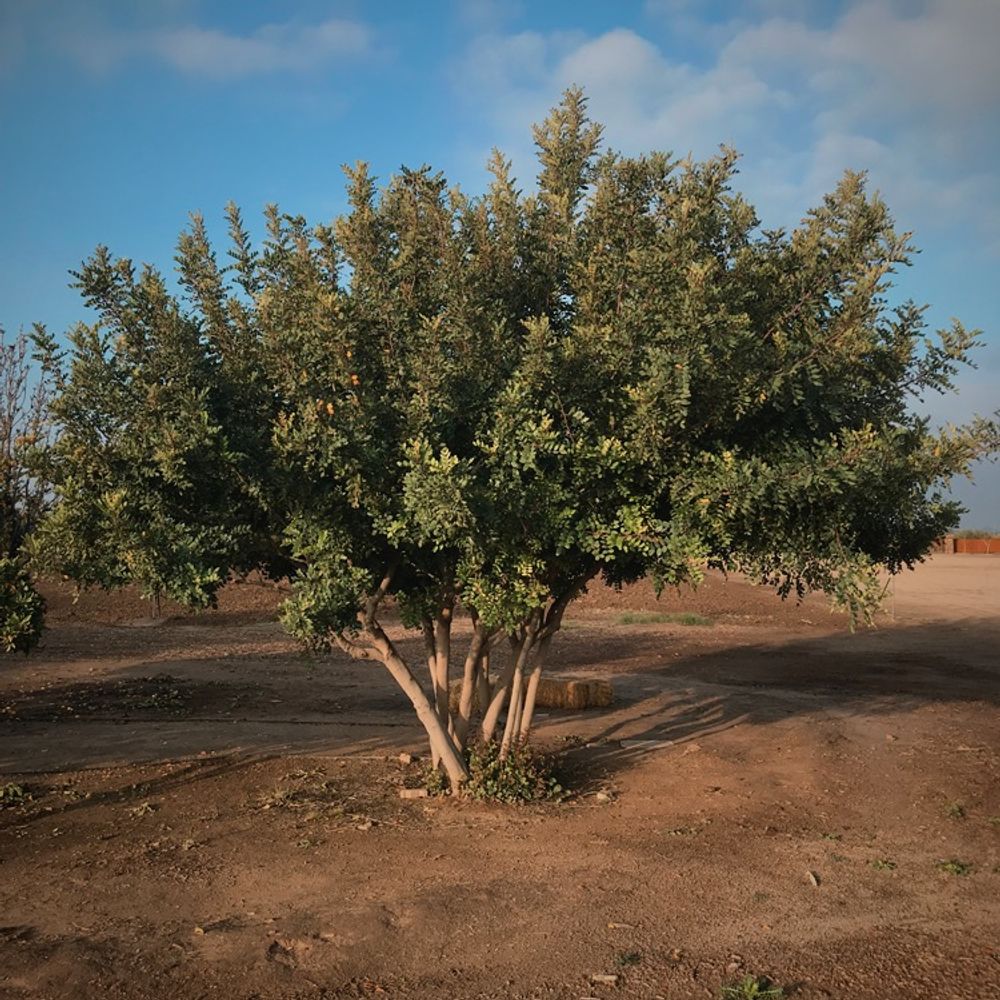
Since the carob's seed weighs approximately the same as the smallest gemstone, it was designated as the base unit for weight, and since the seed was called a carat, the name came too: any stone that approximated the weight of one seed was deemed to weigh one carat.
Carat (ct) has ever since been the globally recognized standard for the weight of a gemstone. One carat weights 0.20 grams.
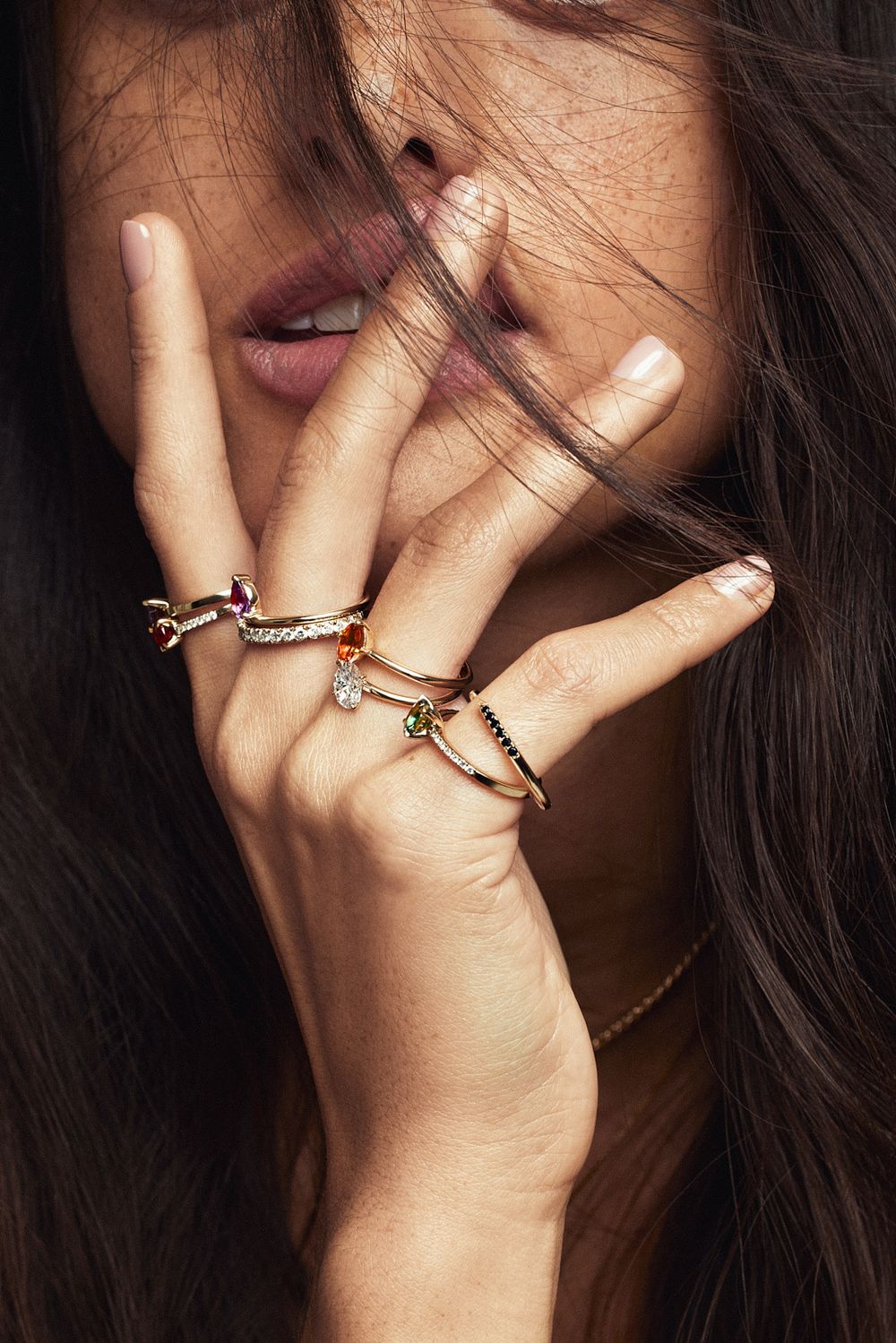
What About K as in Karat?
The word karat is ultimately from the same source as carat, but came to refer to the gold purity. 24-karat (24K) gold is pure gold. By comparison, 12K gold is 50 percent gold and 50 percent base metals or impurities. A 14K gold ring consists of 14 parts gold and 10 parts of some other metal, like copper.
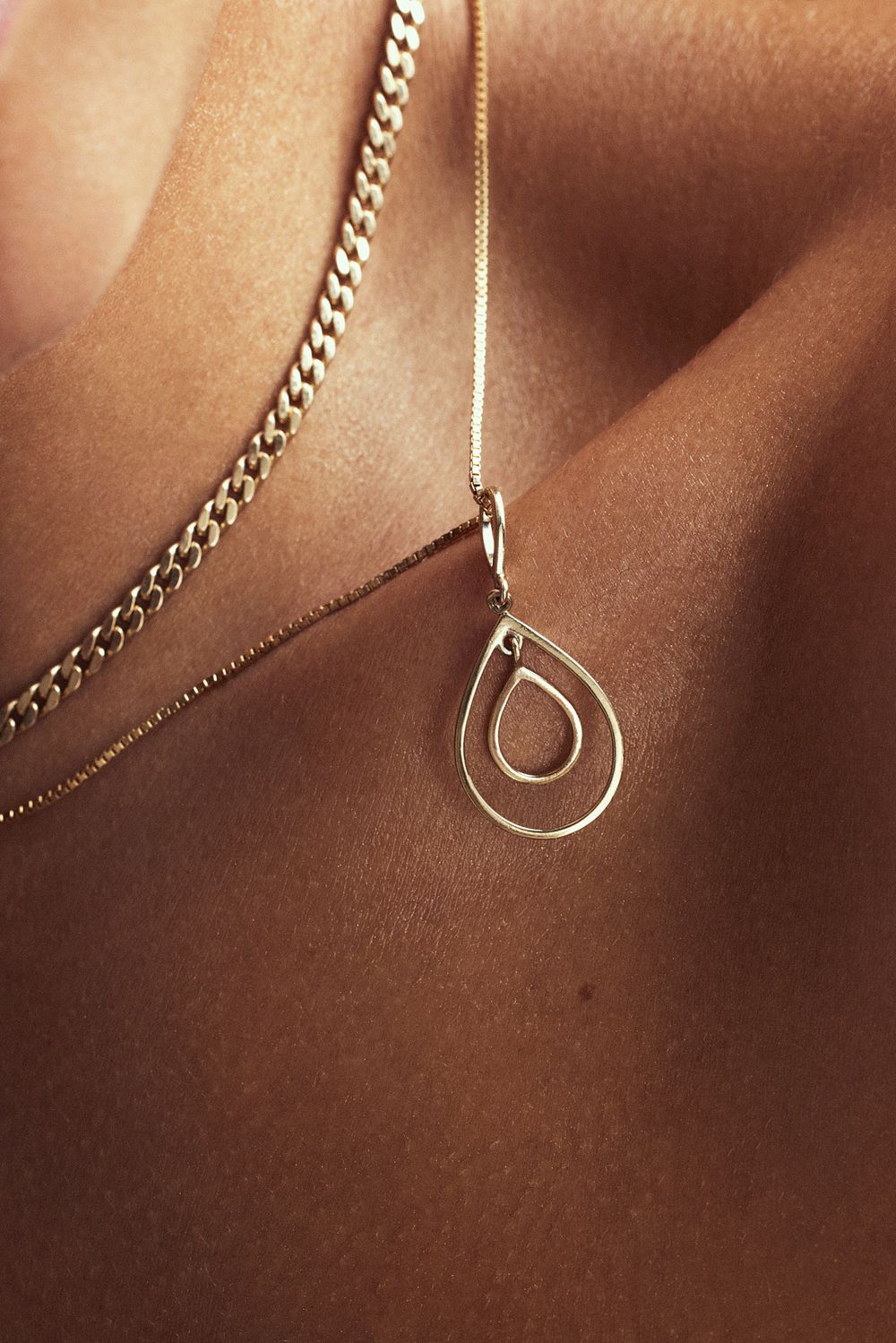
When shopping for fine jewelry, you might have noticed that you can typically purchase them in 14K or 18K gold. These are the standards we operate with in Scandinavia. In Sri Lanka, on the other hand, 22K and 24K is the preferred gold purity.
Why, you might ask? In Asia, yellow gold is more preferred as it has a more saturated hue, it’s more yellow, basically. And that’s what you get when you buy a piece of yellow gold jewelry with a high karat.
14K and 18K yellow gold jewelry doesn't differ that much, but you will definitely see a difference when you up your game to 22K or 24K.
Here's a ring we made for one of our customers in 22K yellow gold with a green tourmaline. Do you notice that the gold has a more saturated yellow hue than our other pieces?
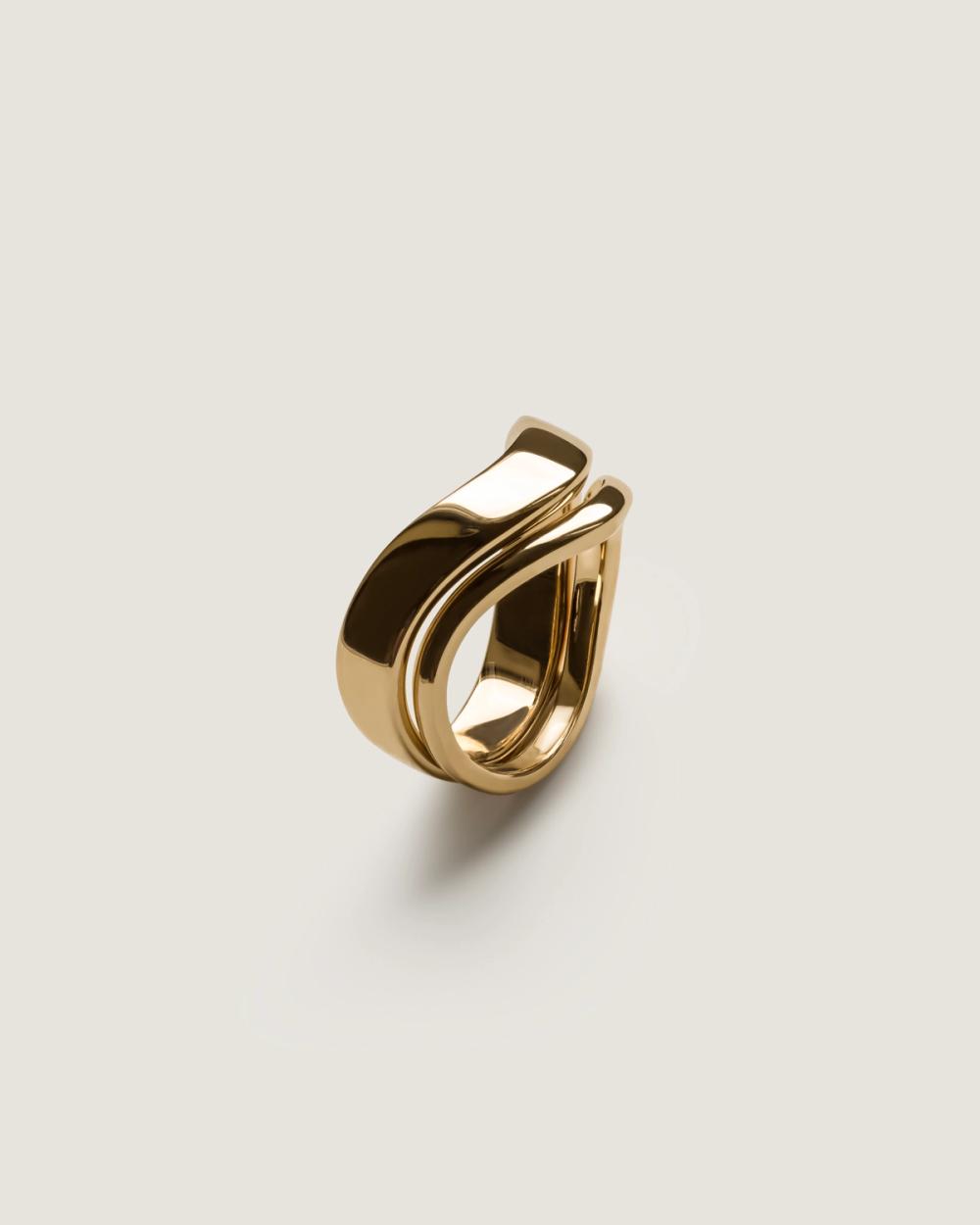
Pure gold (24K) is relatively soft however, and is therefore not ideal for something you wear every day. Gold naturally tarnishes, scratches, and bends over time. This is the reason why lower karats are more common as they tarnish more slowly and are more resistant to scratching, bending, and scuffing.
What Should I Choose—14K or 18K?
Nangi offers fine jewelry in 14K and 18K gold. It may be difficult to spot the difference between 14K and 18K yellow gold at first glance. However, the richer, yellower 18K gold looks great on dark, tan, and olive skin tones.
If you’re looking for a lighter yellow gold or a pinker rose gold, you may prefer 14K gold.
Either way, both karats are gorgeous, so you can't go wrong!
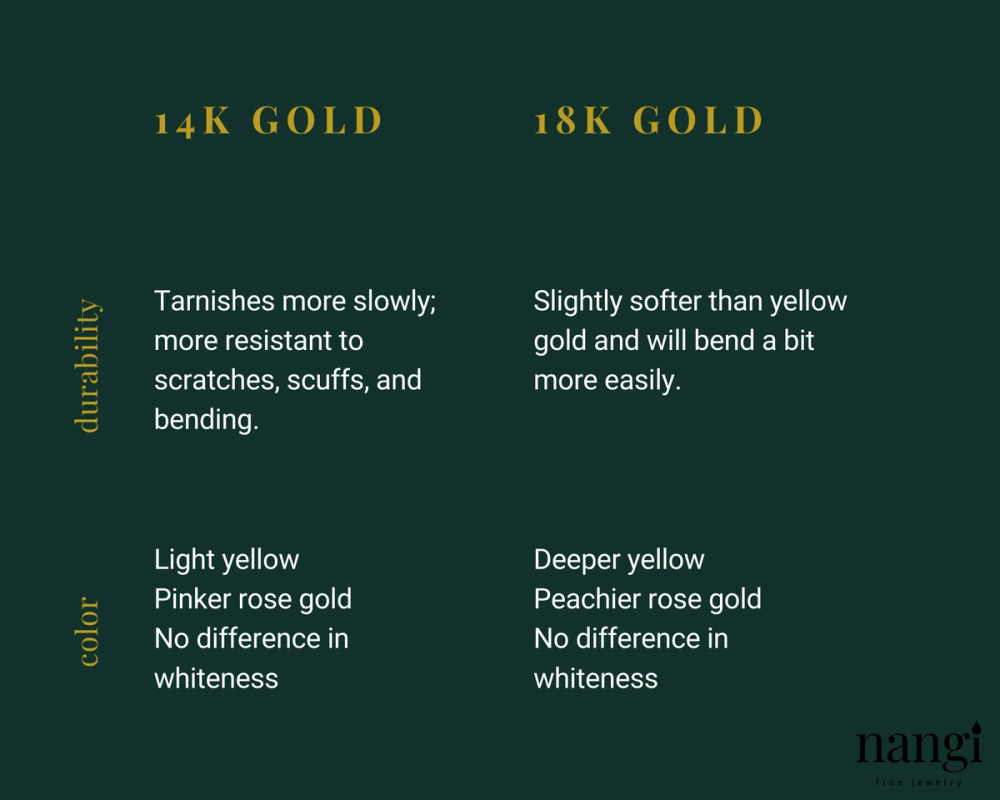
Still not too sure about what karat and carat to pick? Feel free to reach out to us any time—we are here to help!
Join the Nangi family!
Read similar posts






Join the Nangi family!
Subscribe to our newsletter to be the first to know when we release new one-of-a-kind pieces, and gain exclusive access to secret sales and events
Norsk side
Nangi Fine Jewelry © 2024